Recently on Ebay a KIM-1 lookalike showed up. The PCB is inspired but clearly newly designed. It is called ‘Scandinavian’ because another identical ‘clone’ had a scandinavian businness sticker on it. Armin Hierstetter bought it and send me photos shown on the “KIM-1 related’ page.
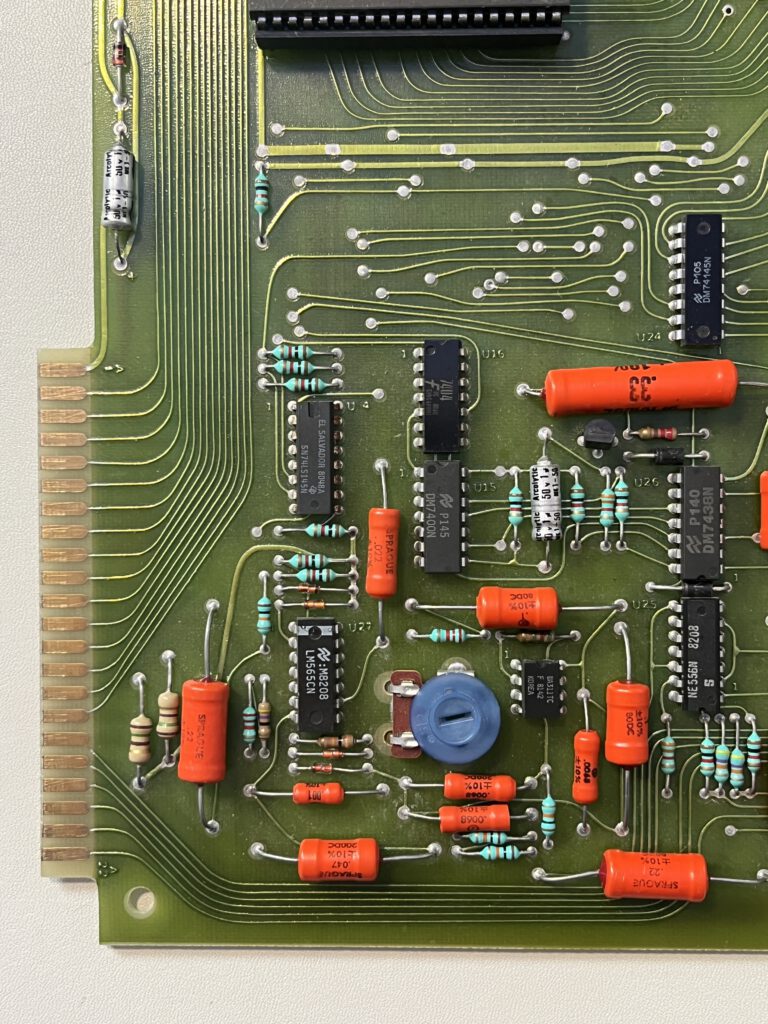
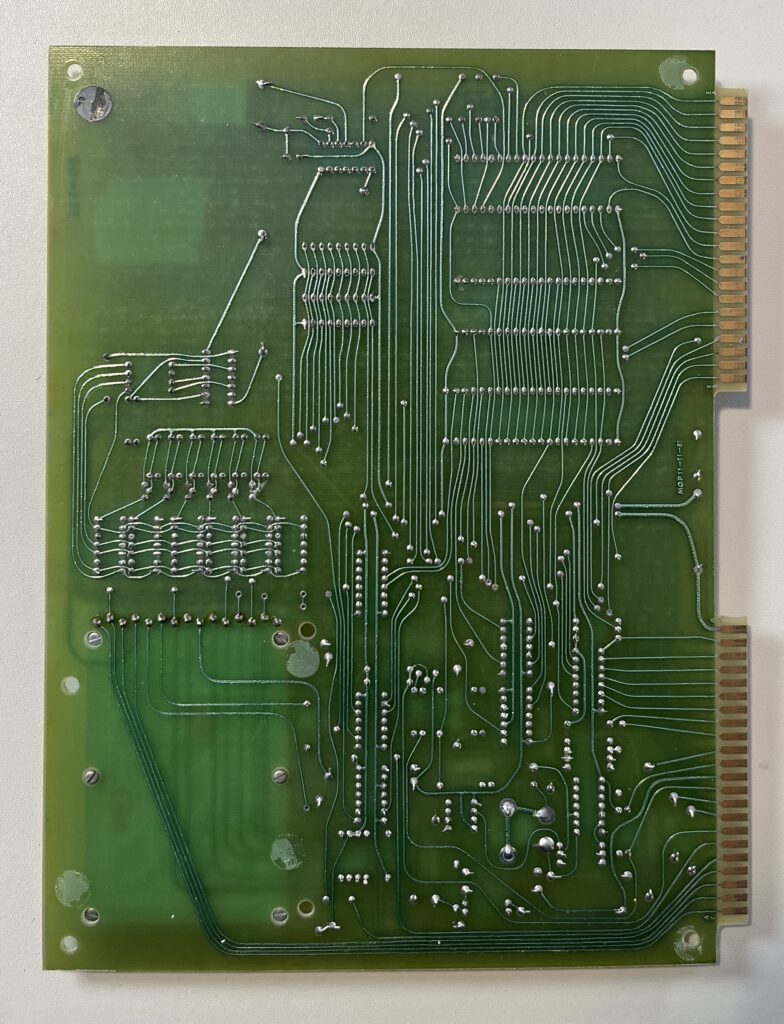
The Data Handler is a SBC (actually two boards!) built in 1975 by Western Data Systems Corporation.One of the first computers based upon the then new 6502, as the KIM-1. Jolt, OSI 300.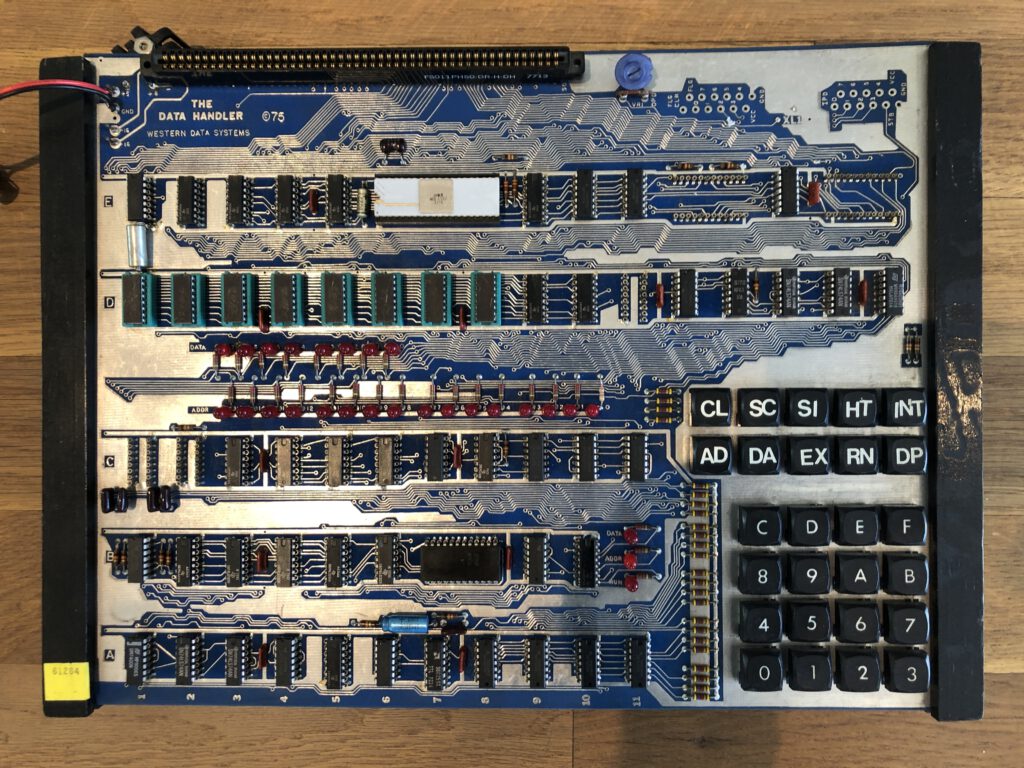
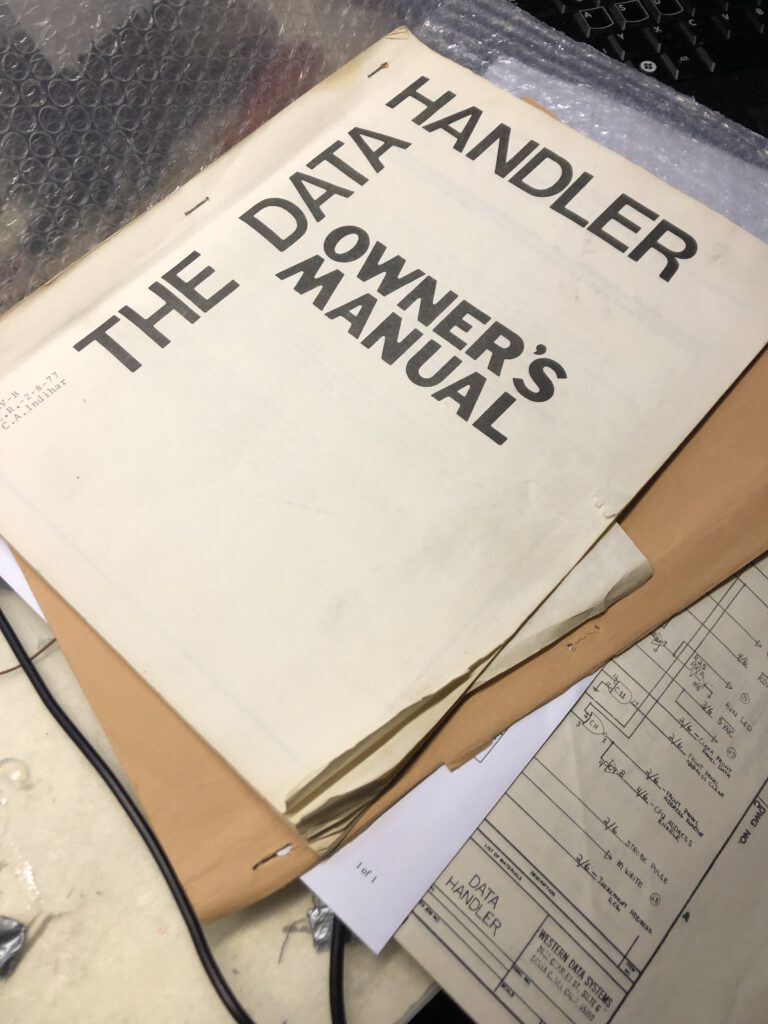
See also:
Magazines: Compute! and Compute II
All documents in the MTU pages are now clean and higher quality, about 50 new PDFs.
Focal-65 V3D for TIM and KIM-1
John Bell Engineering catalogs
The Story of TIM and KIM
Additions tot the TM and KIM-1 information:
The story Of TIM (documenting the work by Ray Holt and Manny Lemas
(from Ch.1.5 of “On the Edge: the Spectacular Rise and Fall of Commodore”)
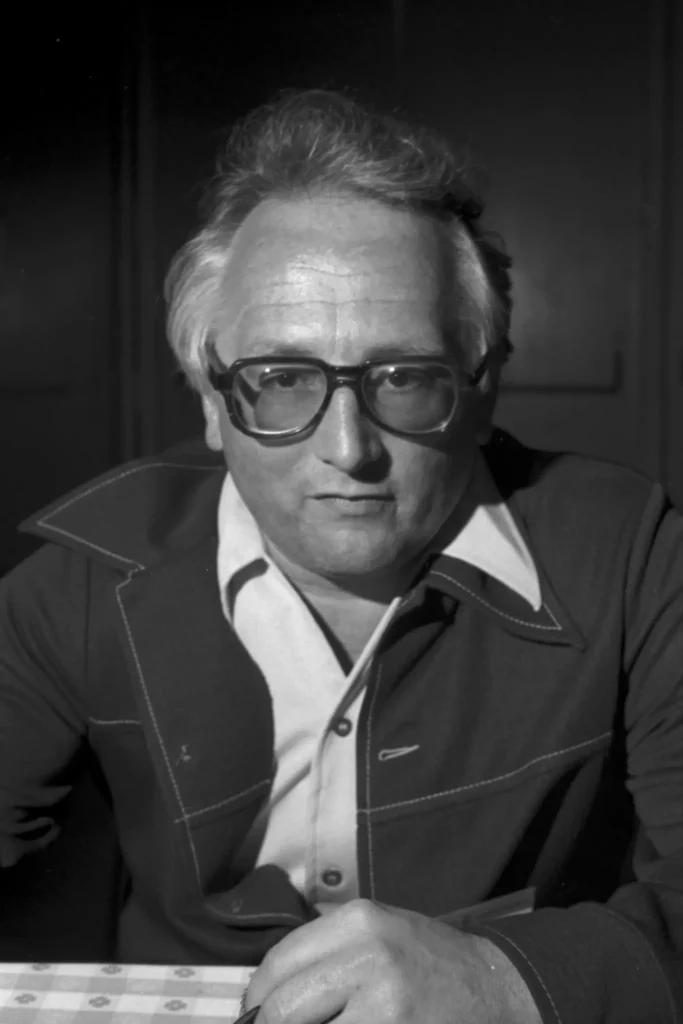
See also:
Magazines: Compute! and Compute II
All documents in the MTU pages are now clean and higher quality, about 50 new PDFs.
Focal-65 V3D for TIM and KIM-1
John Bell Engineering catalogs
Commodore Chessmate: a 6530 computer
The Chessmate is a 6530 – KIM-1 like computer. Keyboard, LED display are used as in the KIM-1. Peter Jennings, who designed this chess computer with Commodore, build upon his Microchess 1. from the KIM-1, and used the extra ROM space to enhance it to Microchess 1.5: more chess features, a chess clock, sounds, dedicated keys, status LEDs.
The 6530-024 delivers the I/O and timer and RAM used by the Chessmate, the RRIOT ROM is not used by the main ROM. The dumped ROM of the 6530 (see below) contains no recognizable data or program,
It will not be that difficult to ‘clone’ this chess computer with the information here. A 6532 can easily take the role of the 6530. A 6502 instead of a 6504, same SRAM< a 2732 or similar ROM. The ROMs are dumped, both for an Chessmate and a Novag Chess Champion MK I
Schematic, user manual, dumped ROMs here. My Chessmate
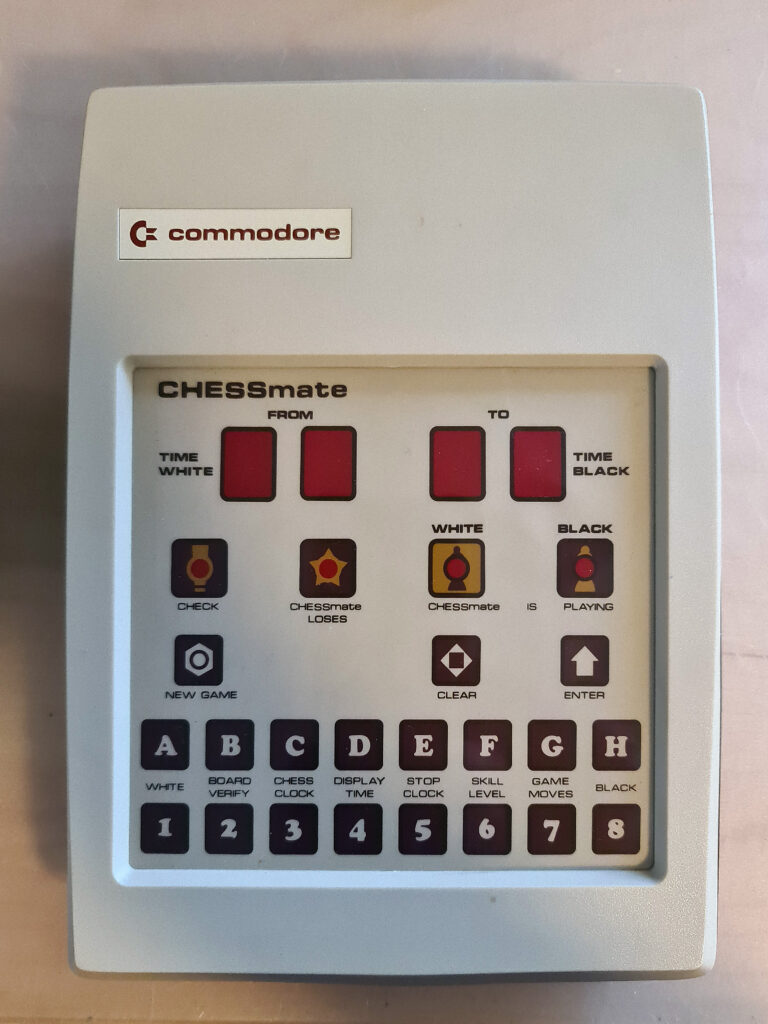
See also:
Magazines: Compute! and Compute II
All documents in the MTU pages are now clean and higher quality, about 50 new PDFs.
Focal-65 V3D for TIM and KIM-1
John Bell Engineering catalogs
KIM-1 revisions
Update 24 march 2022: added KIM-1 Re v photos from HomeComputerMuseum (thanks Bart!)
The KIM-1 went trough several revisions without any change to the specifications. The first revisions appeared as MOS Technology products, the label MOS in in the front top right corner. When Commodore took over MOS late 1976 the label changed to Commodore C MOS.
MOS did three versions, the unnamed first one, a Revision A and a Rev B. I have never seen a Rev C.
Commodore MOS did Rev D to G, starting in 1977 and well into the 80ties. Many KIM-1s were sold, first to industry and later to education and hobbyists. Nowadays KIM-1s are not rare but have become quite expensive, collectors value especially the early ones with a white 6502 IC. The KIM-1 was an OEM product by Rockwell, with its Rockwell branded documentation and a Rockwell sticker at the right top part covering the Commodore MOS label. I know of at least two versions by Rockwell, a Rev D and my Rev F.
See this page for images of the revisions known to me.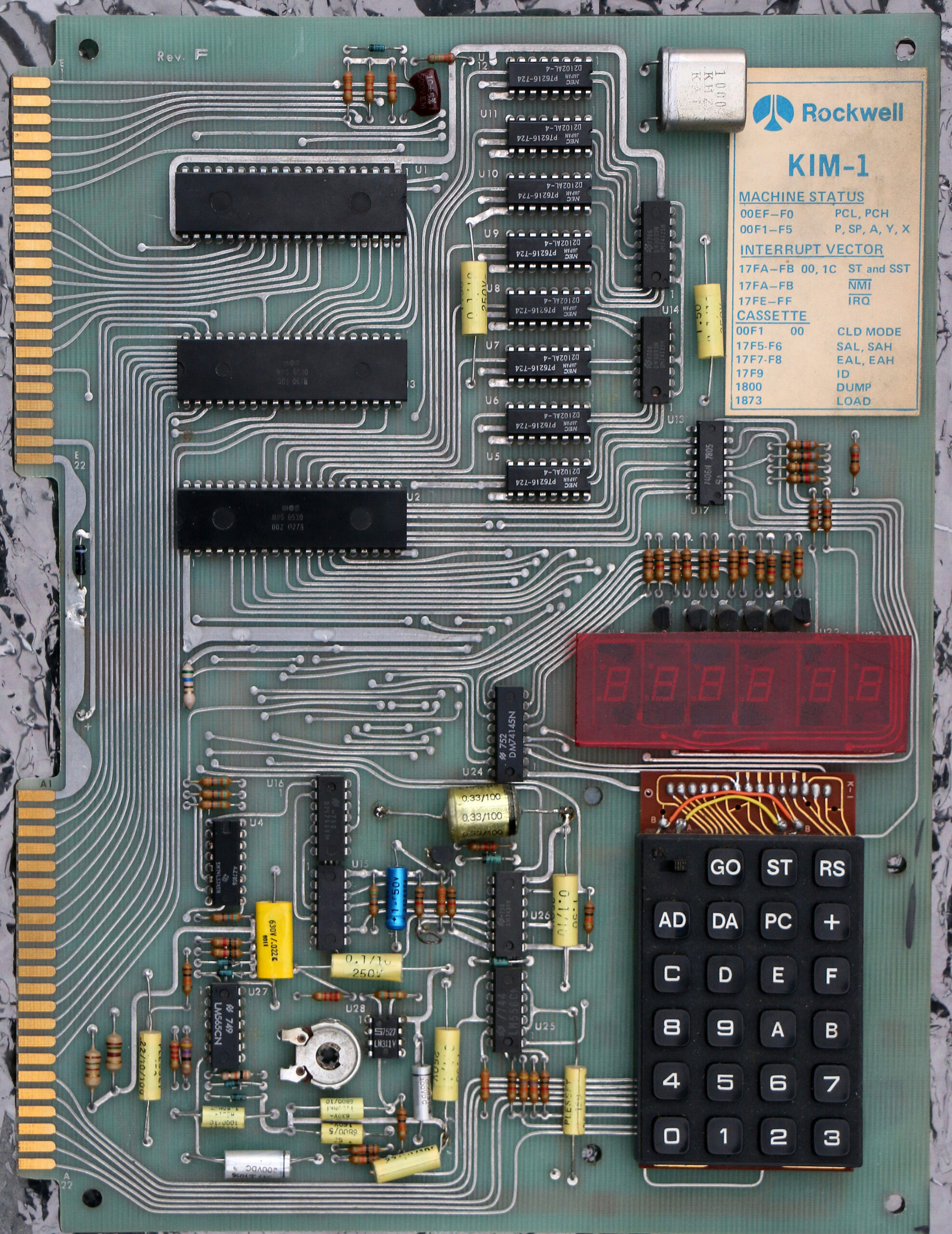
See also:
Magazines: Compute! and Compute II
All documents in the MTU pages are now clean and higher quality, about 50 new PDFs.
Focal-65 V3D for TIM and KIM-1
John Bell Engineering catalogs
KIM-1 related updates
KIM-1s, not made by Commodore but nearly identical.
More photos at the KIM-1 related page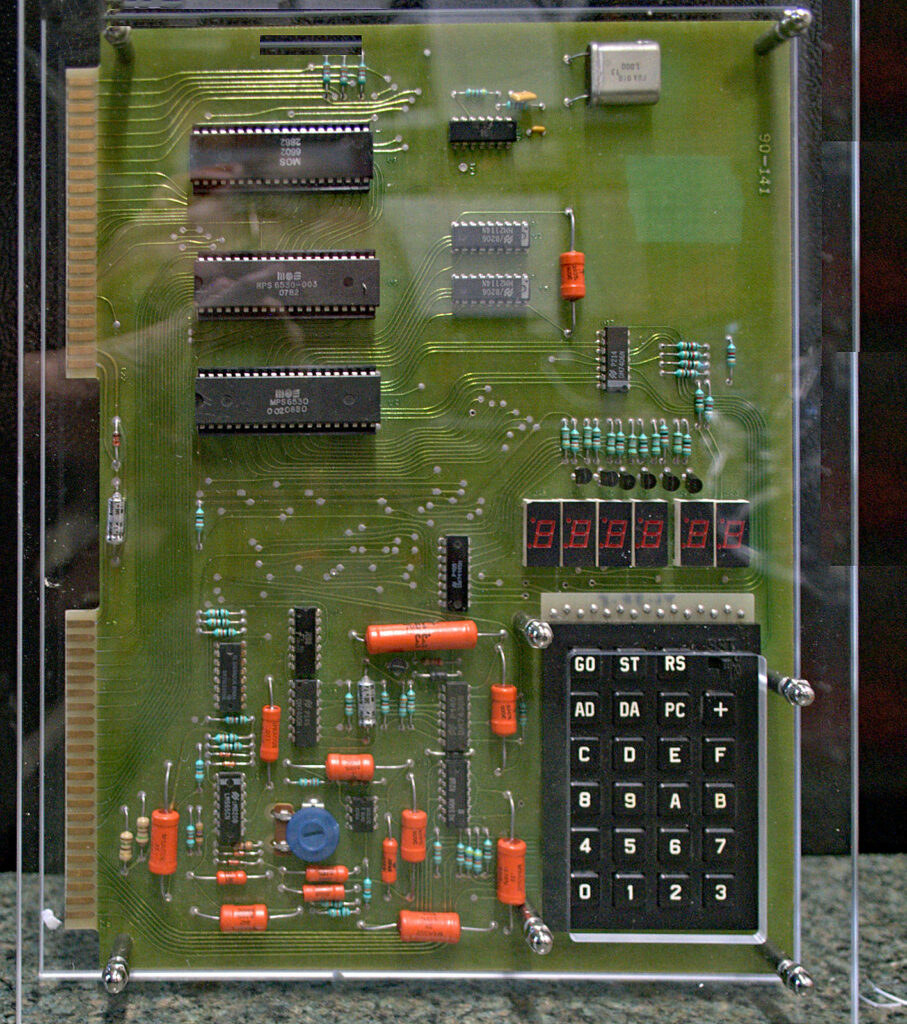
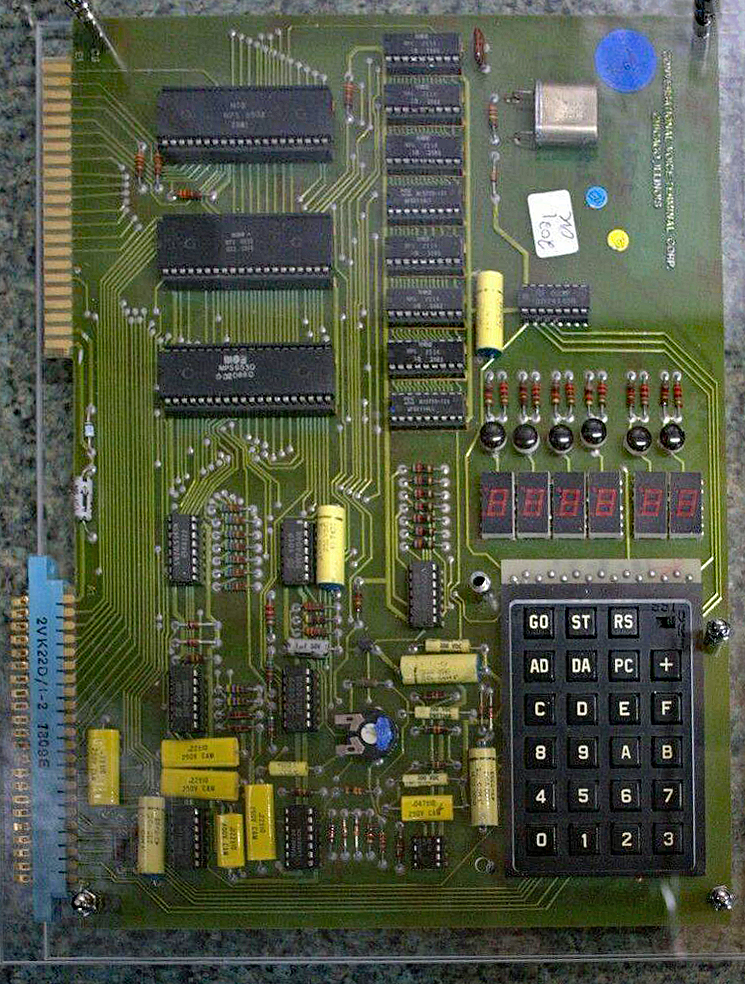
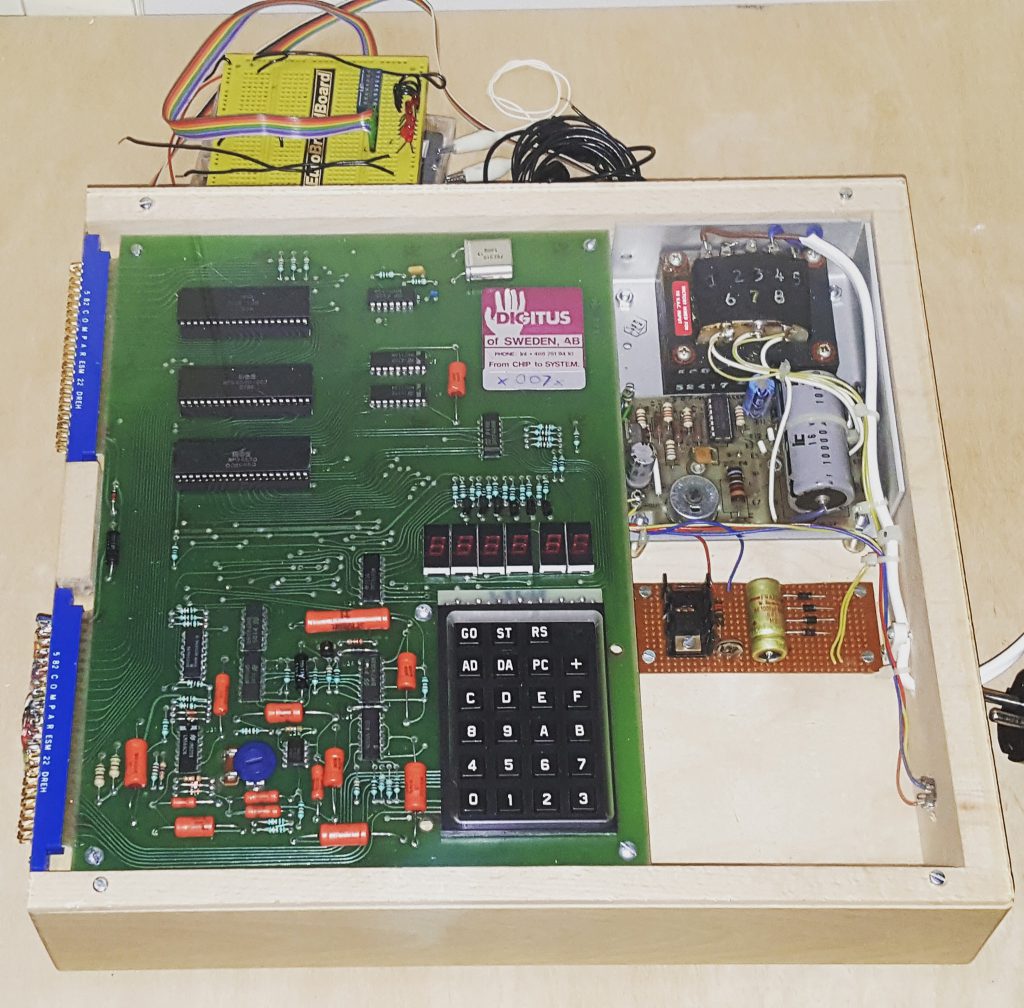
See also:
Magazines: Compute! and Compute II
All documents in the MTU pages are now clean and higher quality, about 50 new PDFs.
Focal-65 V3D for TIM and KIM-1
John Bell Engineering catalogs
KIM-1 keyboard repair
The KIM-1 keyboard is a special one. Made especially for the KIM-1, as you can see in the SST switch. It shows its age in the design, and looks quite familiar to the keyboards hand-held calculators of the 70ties.
In those days replacement keyboards could be bought. I have repaired several KIM-1s with it. The older revisions were worse than what appeared on later revisions.\
Read this page how to repair some common problems.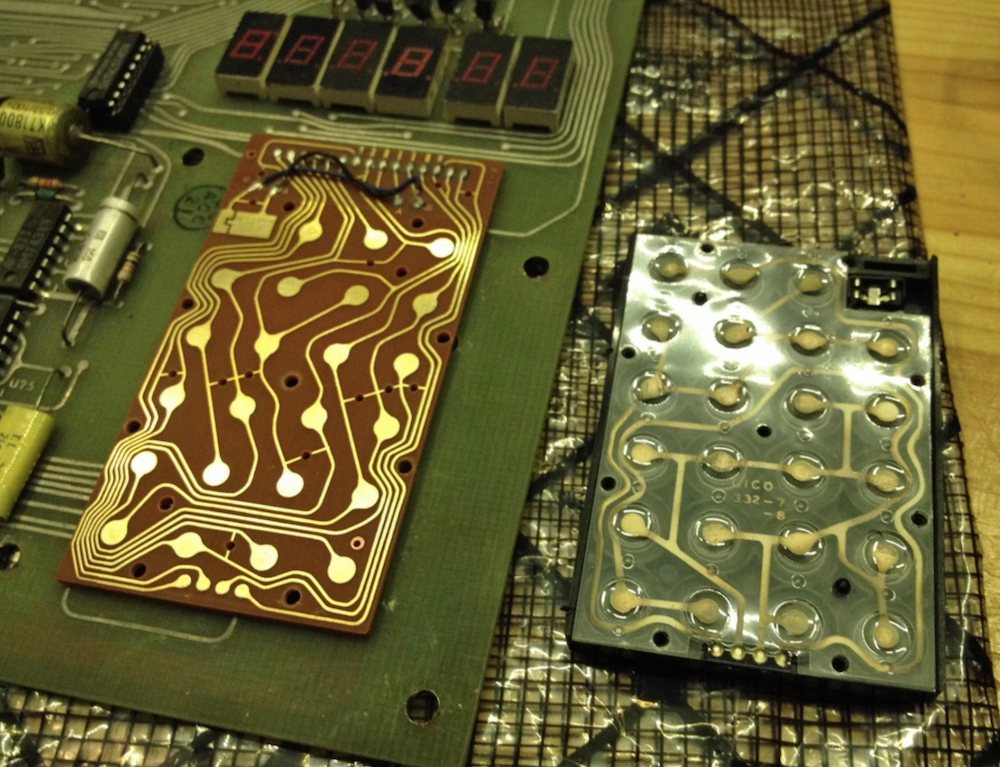
See also:
Magazines: Compute! and Compute II
All documents in the MTU pages are now clean and higher quality, about 50 new PDFs.
Focal-65 V3D for TIM and KIM-1
John Bell Engineering catalogs
Scanned book: Anwendungsbeispiele für den Mikroprozessor 6502
Anwendungsbeispiele für den Mikroprozessor 6502
Herwig Feichtinger
Hardware-Tips und nützliche Programmierbeispeile in Maschinensprache
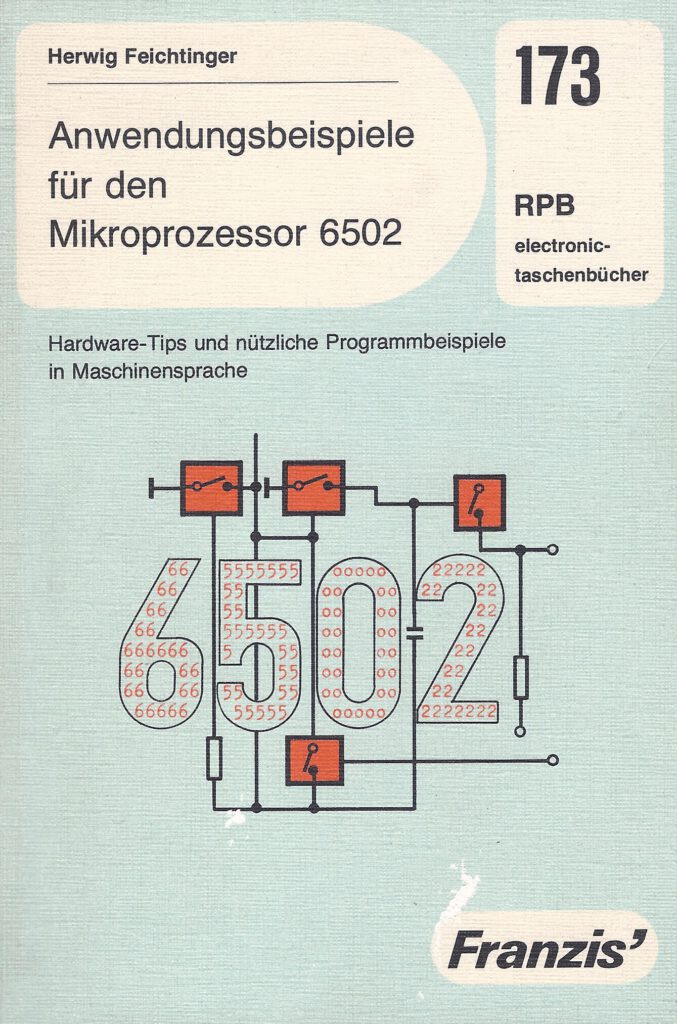
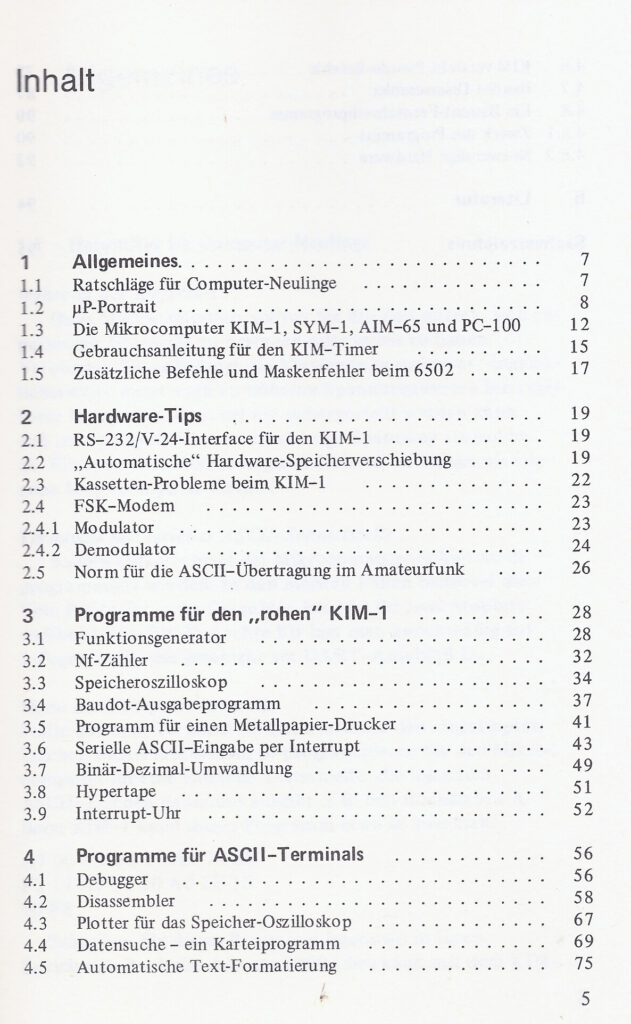
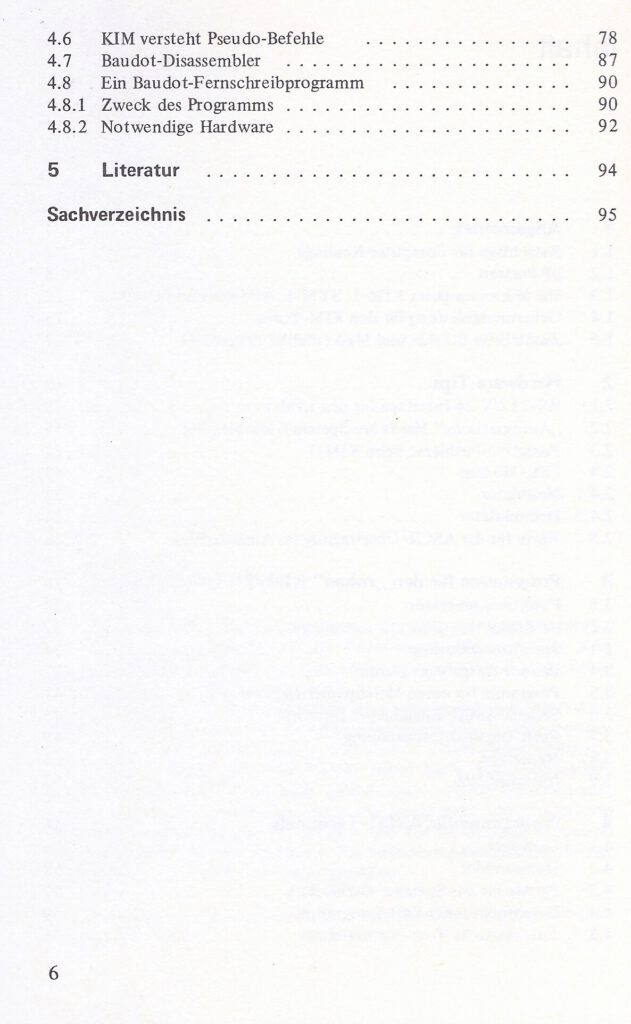
See also:
Magazines: Compute! and Compute II
All documents in the MTU pages are now clean and higher quality, about 50 new PDFs.
Focal-65 V3D for TIM and KIM-1
John Bell Engineering catalogs
KIM-1 Simulator V1.1.2
Updates for the KIM-1 Simulator, now V1.1.2
– KIMDLe runs, with free running timer for randomizer (first step towards working timer emulation) and fix of KIM Keyboard return value of No key $15
– Fixes for console keyboard handling, German and International settings and uppercase/lowercase handling, width character font now 1 pixel different for Linux and Windows
– Testkeydown first line bug
Executables for Windows, Ubuntu and Raspberry PI OS, sources for Lazarus
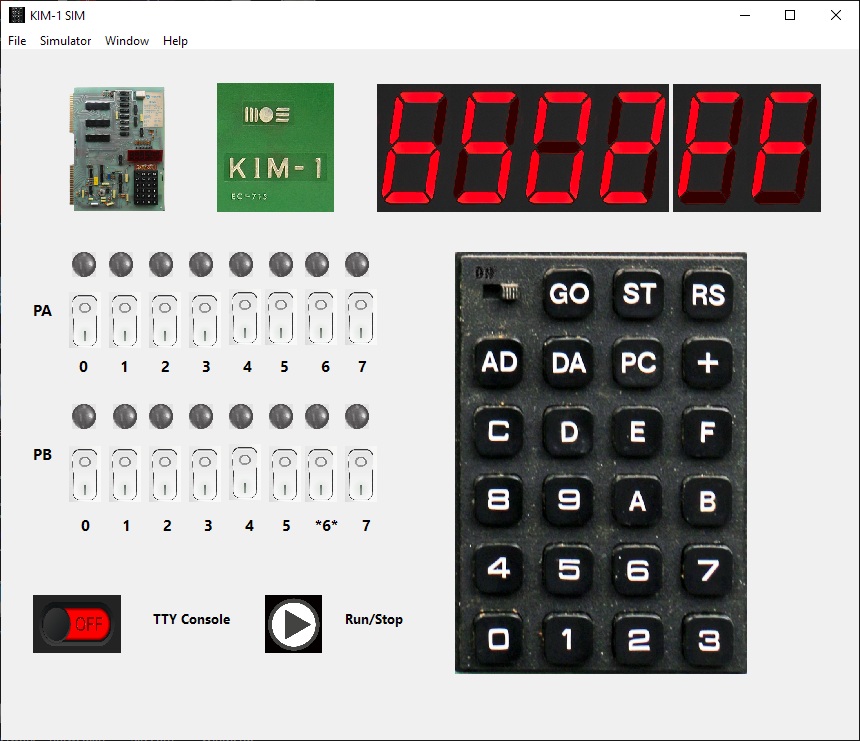
See also:
Magazines: Compute! and Compute II
All documents in the MTU pages are now clean and higher quality, about 50 new PDFs.
Focal-65 V3D for TIM and KIM-1
John Bell Engineering catalogs
MCS6500 Microcomputer Family Programming Manual
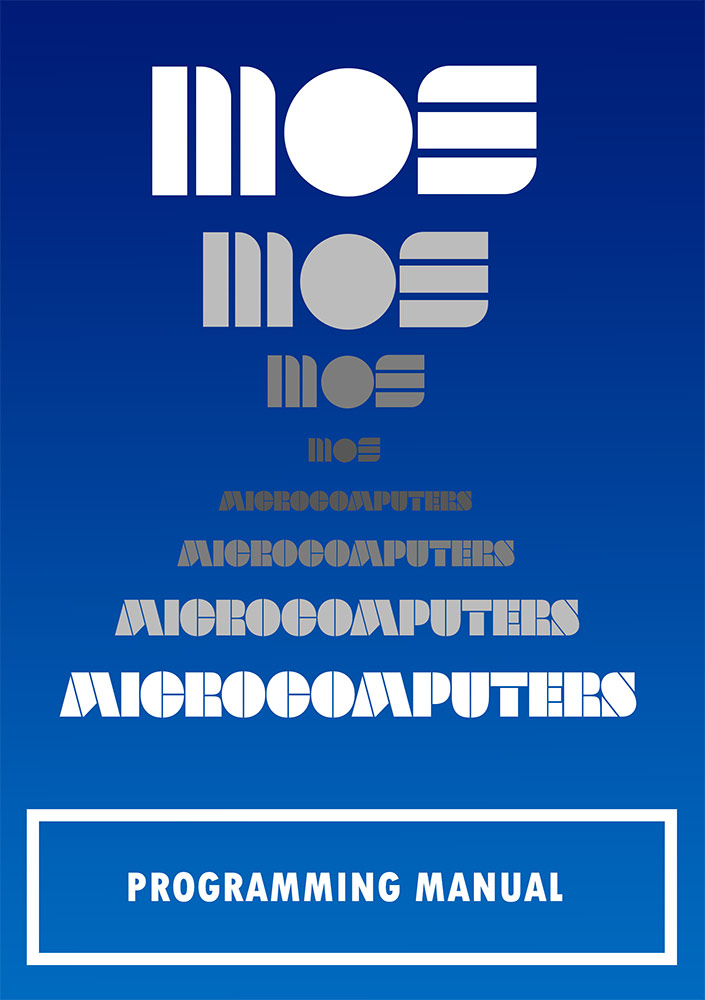
High-res quality typeset manual by Pickledlight. Local copy. Check to original for updates!
MCS6500 Microcomputer Family Programming Manual
MCS6500 Microcomputer Family Programming Manual Hardcover
